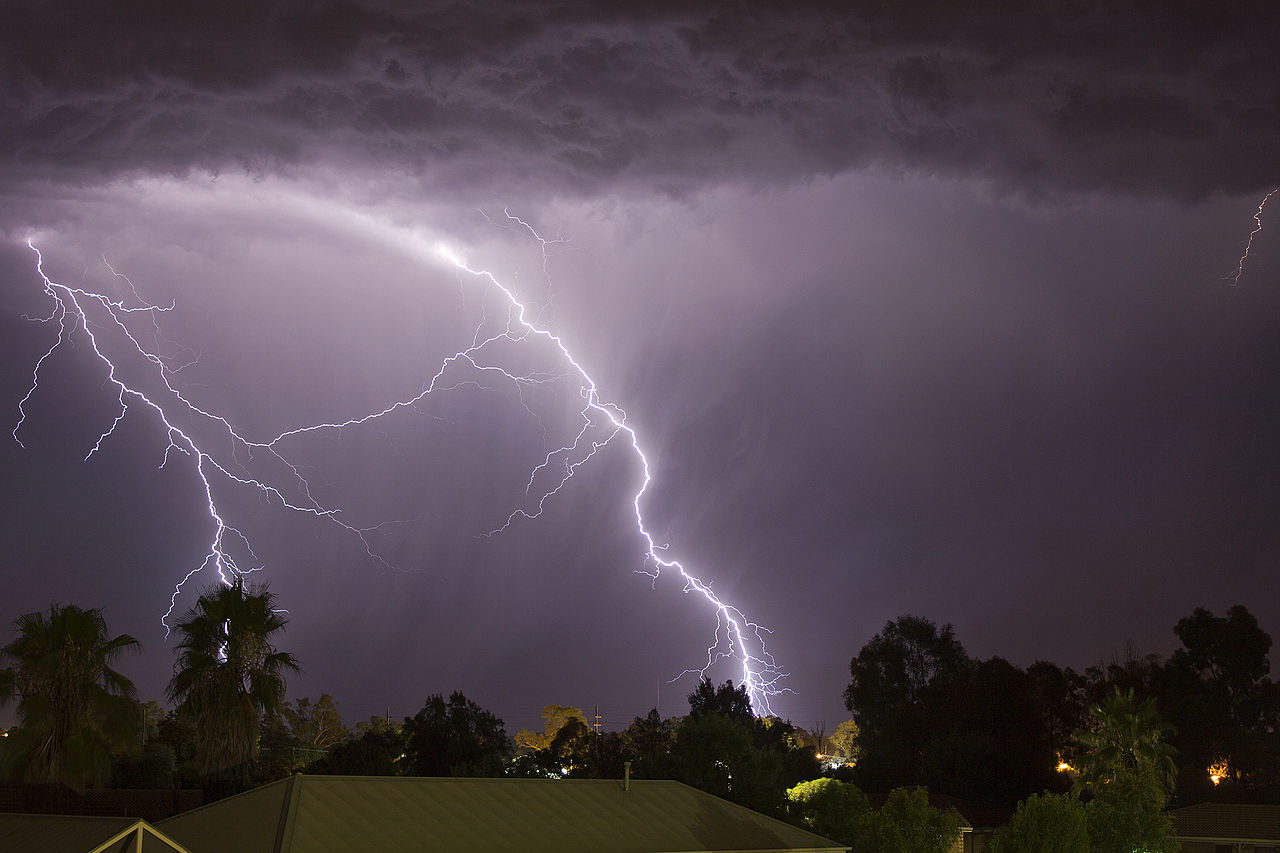 Heat and Dry Lightning. What are they and how are they different?
Heat and Dry Lightning. What are they and how are they different?
Short answer: They are both lightning and no they are not different.
Talk a walk on a warm summer night and you might see a distant flash but hear no thunder. You have just witnessed what they call heat lightning. No there is no such thing as a lightning strike that is silent, and if you were much closer to that thunderstorm you would defiantly hear the thunder. The sight and sound of a thunderstorm will travel though the atmosphere but each travel at different speeds and trajectories. You may easily see the lightning but sound by be reflected, refracted, or even absorbed so that there area areas that sound may not reach. What is interesting that given the right circumstances light may be able to travel close to 100 miles from the storm to you the viewer, although 30 to 50 miles is more typical. Light may have no trouble traveling that far but the sound cannot.
Dry lightning is a little more straight forward. Unlike heat lightning you see the flash, hear the thunder, the only thing you don’t get is the rain. Given the right conditions it is possible for clouds to form, a change to develop with the ice and water colliding inside the could to make it a thunderstorm, but the rain will evaporate in the dry air below the storm. This means you get the lightning, you hear the thunder, but you get little to no rain at the surface. Dry thunderstorms are more common in arid climates that you would find out west in the Mountains or other arid climates. Lightning without the the rain poses a fire threat and, when forecast, are often accompanied by fire weather watches or red flag warnings. Another issue that can increase the fire danger is the wind gusts that can develop due to the rain evaporating before reaching the ground. These wind gusts have the potential to rapidly spread a wildfire that may be started by the lightning.
So there is no different types of lightning, heat or dry it is still lightning. The term will just differentiate how it is perceived by you. Don’t be alarmed by heat lightning at night, chances are if you can’t hear the thunder then the storms are too far away to directly impact you. Do pay attention to dry lightning however. Along with the danger of lightning itself there is also the wildfire risk that accompanies the types of storms that can produce it.